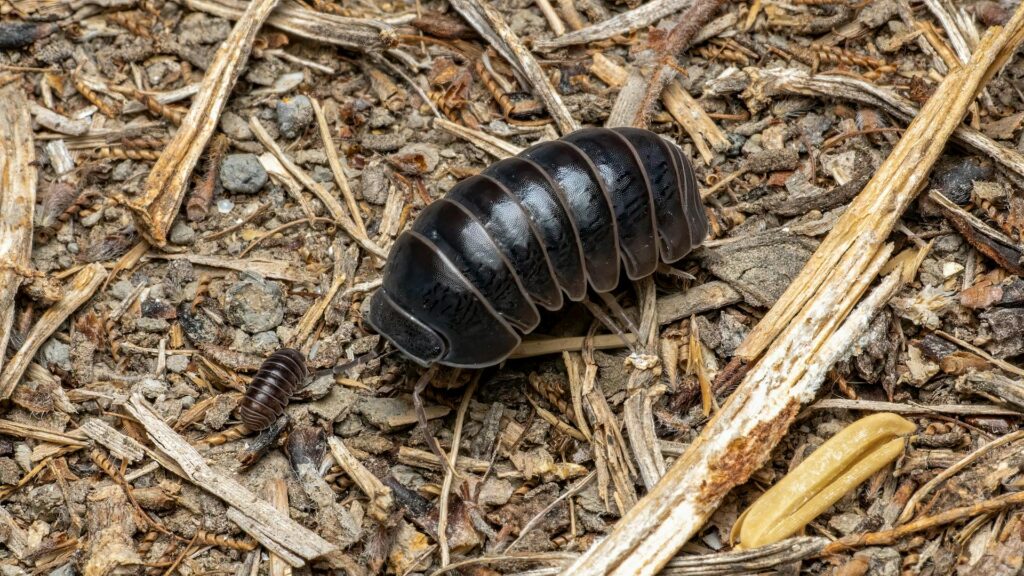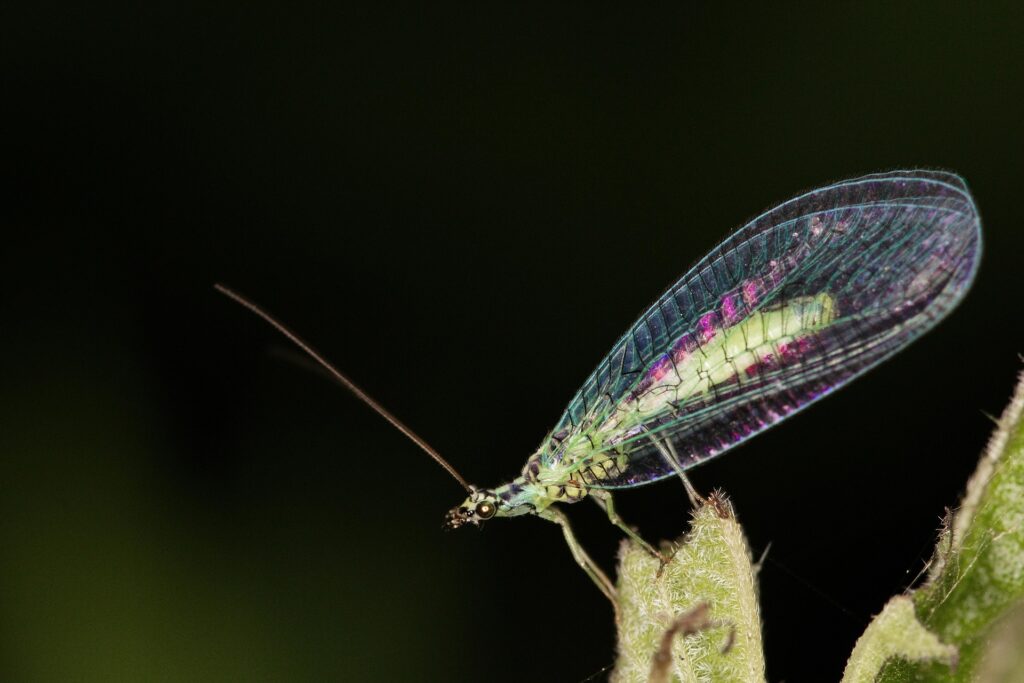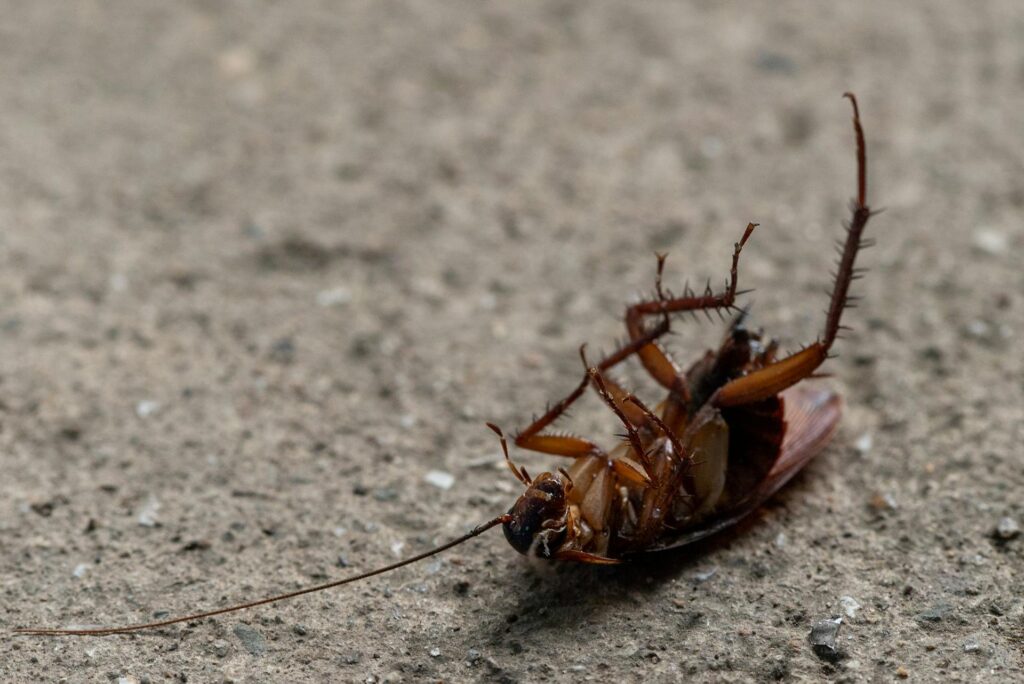While most insects die almost instantly when they lose their heads, cockroaches can continue living for days after decapitation. This isn’t science fiction—it’s a documented biological reality that reveals just how incredibly resilient these persistent household invaders truly are.
This remarkable survival ability represents more than just a bizarre scientific curiosity. It provides crucial insight into why cockroach control proves so challenging for homeowners and why these insects consistently rank among the most difficult pests to eliminate completely. Understanding their extraordinary survival mechanisms helps explain why conventional DIY approaches often fail and why professional intervention frequently becomes necessary for lasting control.
Why Cockroaches Can Live Without Their Heads
The ability of cockroaches to survive decapitation stems from several unique biological adaptations that distinguish them from virtually every other household pest. These evolutionary traits have enabled their species to persist for millions of years despite countless environmental challenges and predation pressures.
Cockroach Key survival mechanisms include:
- Decentralized respiratory system: Unlike humans and most animals, cockroaches breathe through spiracles—small openings distributed throughout their body segments rather than through their mouth or nose. This distributed breathing system continues functioning independently of their head, allowing oxygen circulation throughout their body even after decapitation.
- Distributed nervous system: Cockroach neural networks operate through multiple ganglia (nerve clusters) located throughout their body rather than centralized brain control. These distributed nerve centers can coordinate basic functions including movement, reflexes, and responses to environmental stimuli without input from the brain located in their head.
- Minimal bleeding response: Cockroaches maintain significantly lower blood pressure compared to mammals, and their circulatory system includes natural clotting mechanisms that quickly seal the wound site. This prevents fatal blood loss that would kill other creatures within minutes of similar trauma.
- Extended survival without nutrition: These remarkable insects can survive approximately one week without food or water under normal conditions, meaning loss of their mouth doesn’t immediately threaten their survival through starvation or dehydration.
Eventually, dehydration proves fatal, but until that point, headless cockroaches retain surprising functionality including crawling ability, touch responsiveness, and even light-seeking behaviors.
What This Means for Homeowners
If cockroaches can survive something as traumatic as complete decapitation, imagine their resilience when facing the conventional pest control methods most homeowners employ. This extraordinary survival capacity explains why cockroach infestations prove so persistently frustrating and why standard approaches often deliver disappointing results.
Their survival abilities extend to numerous challenges:
- Resistance to many household chemical products and sprays.
- Recovery from significant physical trauma that would eliminate other insects.
- Extended survival during food scarcity periods lasting weeks.
- Tolerance for extreme temperature fluctuations including near-freezing conditions.
- Function in low-oxygen environments that would stress other species.
This remarkable durability enables cockroaches to persist despite homeowner elimination efforts that might successfully control other pest species. You might eliminate visible individuals only to discover new ones appearing the following day, not because your efforts were ineffective, but because these insects possess survival capabilities that far exceed conventional expectations.
Their exceptional hiding abilities compound this challenge—they retreat into spaces beneath appliances, within wall voids, inside drainage systems, and other inaccessible areas where they remain protected while maintaining access to survival resources. Their rapid reproduction rates mean individual females can carry dozens of eggs, enabling population recovery even when significant numbers are eliminated.
The Main Cockroach Types You Might See
Understanding which cockroach species you’re encountering helps determine appropriate control strategies, as different types demonstrate varying behaviors, habitat preferences, and survival characteristics. While all species share remarkable resilience, each presents distinct challenges requiring tailored management approaches.
German Cockroach: These small, light brown insects prefer warm, humid environments and typically establish themselves in kitchen and bathroom areas where food and moisture remain consistently available. They reproduce more rapidly than other species, with females producing egg cases every few weeks under favorable conditions. Their preference for remaining close to human activity areas makes them particularly problematic for homeowners, and they demonstrate exceptional resistance to many control methods.
American Cockroach: Significantly larger than German cockroaches, these reddish-brown insects often inhabit basement areas, drainage systems, and other ground-level locations. Their strong flying capabilities enable access to elevated areas, while their robust build allows survival in challenging environments other species cannot tolerate. They frequently enter homes through sewer connections and foundation vulnerabilities.
Oriental Cockroach: Distinguished by their dark, almost black coloration, these insects demonstrate strong preferences for cool, consistently damp environments including crawl spaces, utility areas, and beneath kitchen or bathroom fixtures. While they move more slowly than other species, they possess exceptional environmental tolerance and can survive in conditions that would stress other cockroach types.
Despite their different characteristics, all species can survive headless for extended periods—some lasting several days—demonstrating why eliminating visible insects alone rarely resolves established infestations.
What You Can Do to Protect Your Home
While cockroach resilience makes elimination challenging, implementing comprehensive prevention strategies significantly reduces their attraction to your property. Effective prevention addresses the three primary survival requirements these insects seek: food access, moisture sources, and suitable shelter.
Key prevention steps:
- Store all food in sealed, cockroach-resistant containers.
- Avoid leaving dirty dishes in sinks overnight.
- Repair all plumbing leaks immediately, including minor drips.
- Remove trash daily to eliminate food debris.
- Clean behind appliances where crumbs accumulate.
- Seal cracks around plumbing and electrical penetrations.
- Install door sweeps and repair damaged weatherstripping.
- Improve ventilation in humid areas like bathrooms.
These steps won’t guarantee complete elimination given their survival abilities, but they create significantly less hospitable conditions for cockroach establishment.
Seeing Roaches That Just Won’t Die?
When dealing with extraordinarily resilient cockroach problems in your home, Aptive’s pest control service can help. Our technicians will perform a detailed inspection to assess the situation and develop a customized treatment plan based on the specific survival challenges these persistent insects present. We’ll identify whether you’re dealing with rapidly reproducing German cockroaches that resist conventional treatments, or hardy American cockroaches that survive extreme conditions and physical trauma.
If you’re experiencing problems with cockroaches that seem impossible to eliminate despite your best efforts, contact Aptive today for a free quote. Our experts understand their incredible resilience and will recommend the most effective solutions to overcome their survival advantages and protect your home from these remarkably persistent invaders.
Cockroach FAQs
Here are some common questions homeowners ask about cockroaches and their longevity.
Q: How long do cockroaches live?
Cockroach lifespans vary by species. German cockroaches typically live 3-5 months, while American cockroaches can survive 1-2 years under favorable conditions. Oriental cockroaches live about 6-12 months. Their remarkable survival abilities—including living weeks without food and days without their heads—combined with rapid reproduction rates make even short-lived species persistent problems. Environmental factors like temperature, humidity, and food availability significantly influence their longevity and reproductive success.
Q: What products get rid of cockroaches?
Effective cockroach control requires professional-grade products rather than store-bought sprays. Gel baits, boric acid treatments, and insect growth regulators work better than surface sprays. However, cockroaches often develop resistance to common products, and their hiding locations make DIY treatments ineffective. Professional pest control uses specialized formulations and application methods that reach hidden harborage areas, target all life stages, and provide long-term elimination rather than temporary reduction.
Q: Are cockroaches dangerous?
Cockroaches pose significant health risks. They carry bacteria, viruses, and parasites that cause food poisoning, diarrhea, and other illnesses. Their shed skins and droppings trigger allergic reactions and asthma attacks, particularly in children. Cockroaches contaminate food preparation surfaces and stored items as they travel from sewers and garbage to your kitchen. They also indicate unsanitary conditions and can worsen existing respiratory problems through allergen exposure.









